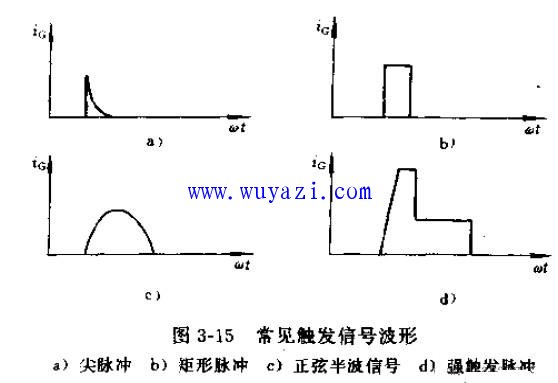
Privacy statement: Your privacy is very important to Us. Our company promises not to disclose your personal information to any external company with out your explicit permission.
![]() April 03, 2019
April 03, 2019
In order to turn the thyristor from off to on, it must have certain external conditions, that is, the thyristor anode is applied with a forward voltage and a positive control signal is applied to the gate. When the thyristor is turned on, the control signal does not work. Until the power supply crosses zero, its anode current is less than the holding current, and the thyristor turns itself off.
Since the gate is out of control after the thyristor is turned on, the control of the thyristor actually provides a threshold control with a certain width to trigger the thyristor to turn it on. The gate control circuit is often referred to as a trigger circuit.
The basic requirements for the thyristor trigger circuit are:
1. The trigger signal can be AC, DC or pulse t. The trigger signal can only be active when the gate is extremely positive and the cathode is negative. In order to reduce the loss of the gate, the trigger signal is often in the form of a pulse. The common trigger signal waveform is as shown in the figure.

The above is the Basic requirements for thyristor trigger circuits we have listed for you. You can submit the following form to obtain more industry information we provide for you.
You can visit our website or contact us, and we will provide the latest consultation and solutions
Send Inquiry
Most Popular
lastest New
Send Inquiry

Privacy statement: Your privacy is very important to Us. Our company promises not to disclose your personal information to any external company with out your explicit permission.

Fill in more information so that we can get in touch with you faster
Privacy statement: Your privacy is very important to Us. Our company promises not to disclose your personal information to any external company with out your explicit permission.